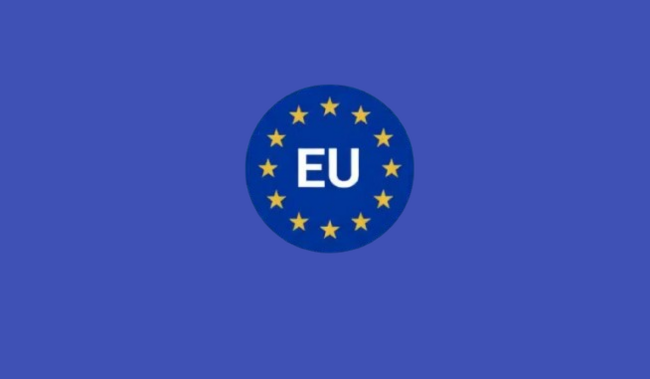Highlights:
- Nine major European banks join to create a euro-backed digital stablecoin by 2026.
- The stablecoin aims to enable fast, low-cost payments across borders anytime globally.
- Project sparks debate online because this initiative potentially challenges the European Central Bank’s digital euro plans.
A group of nine major European banks has come together to develop a digital coin linked to the euro’s value, following Europe’s new Markets in Crypto-Assets (MiCA) framework, according to a joint statement released by ING on Thursday. Built to follow Europe’s MiCA rules, the stablecoin is planned to launch in the second half of 2026, to become a trusted European way to pay in the digital world.
Europe’s Own Stablecoin Initiative
The announcement said this plan matches Europe’s aim to offer its own option instead of only using US stablecoins and to help the European Union have more control and independence in payments. The project involves Dutch bank ING, Italy’s UniCredit, Spain’s CaixaBank, Denmark’s Danske Bank, Austria’s Raiffeisen Bank International, Belgium’s KBC, Sweden’s SEB, Germany’s DekaBank, and Italy’s Banca Sella, according to a joint statement released by ING on Thursday.
The founding banks have also set up a new company based in the Netherlands, where ING is located, to guide and manage the making and running of the stablecoin. The group of banks said in their joint announcement that they are open to more banks joining the stablecoin project.
💥BREAKING
NINE EUROPEAN BANKS ARE TEAMING UP TO LAUNCH A MICA COMPLIANT EURO STABLECOIN, WITH A TARGET DEBUT IN 2026.
TRADITIONAL FINANCE IS LOCKING IN ON DIGITAL MONEY FOR THE EUROZONE. ⚡️ pic.twitter.com/W967MJW3gR
— DustyBC Crypto (@TheDustyBC) September 25, 2025
According to ING’s statement, the planned euro stablecoin is expected to provide “almost instant, low-cost payments and settlements.” It will allow people to send and receive money across borders at any time, day or night. The stablecoin will allow programmable payments and improve supply chain and digital asset settlements.
Floris Lugt from ING said digital payments are essential for new euro-based payment and financial systems. He added that this progress needs cooperation across the industry and that it is important for banks to follow the same standards.
European Banks’ Stablecoin Sparks Digital Euro Debate
The joint stablecoin plan by top European banks was announced soon after European Central Bank Executive Board member Piero Cipollone said that the EU’s digital euro might be ready by 2029. Cipollone, who is also the deputy governor of the Bank of Italy, explained that the European Parliament is expected to set out a general plan for the EU’s proposed central bank digital currency (CBDC) by May 2026.
He said the European Parliament is the main obstacle to the digital euro. Legislation must pass before the project can move forward. He said member-states should agree on a general approach by year-end.
MiCA-compliant euro stablecoin in 2026… guess that’s the digital euro’s obituary notice 💀💀
— Serx – WayFinder (@0xSerx) September 25, 2025
Europe’s possible central bank digital currency has been in development since 2020. Some online called the new stablecoin launch a “digital euro’s obituary notice,” suggesting it could replace the digital euro idea. Some believe the upcoming stablecoin will function as a “backdoor CBDC,” even though a central bank issues a true CBDC.
Best Crypto Exchange
- Over 90 top cryptos to trade
- Regulated by top-tier entities
- User-friendly trading app
- 30+ million users
eToro is a multi-asset investment platform. The value of your investments may go up or down. Your capital is at risk. Don’t invest unless you’re prepared to lose all the money you invest. This is a high-risk investment, and you should not expect to be protected if something goes wrong.






